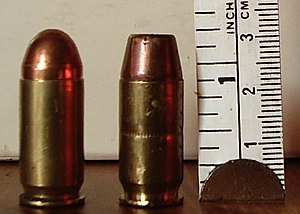Stopsign32v
Member
- Joined
- Jul 4, 2012
- Messages
- 807
- Reaction score
- 798
This has been bugging me for I don't know how long. What in the world is that extra line for and what causes it?
Examples:
Middle cartridge


Right cartridge

Examples:
Middle cartridge


Right cartridge

